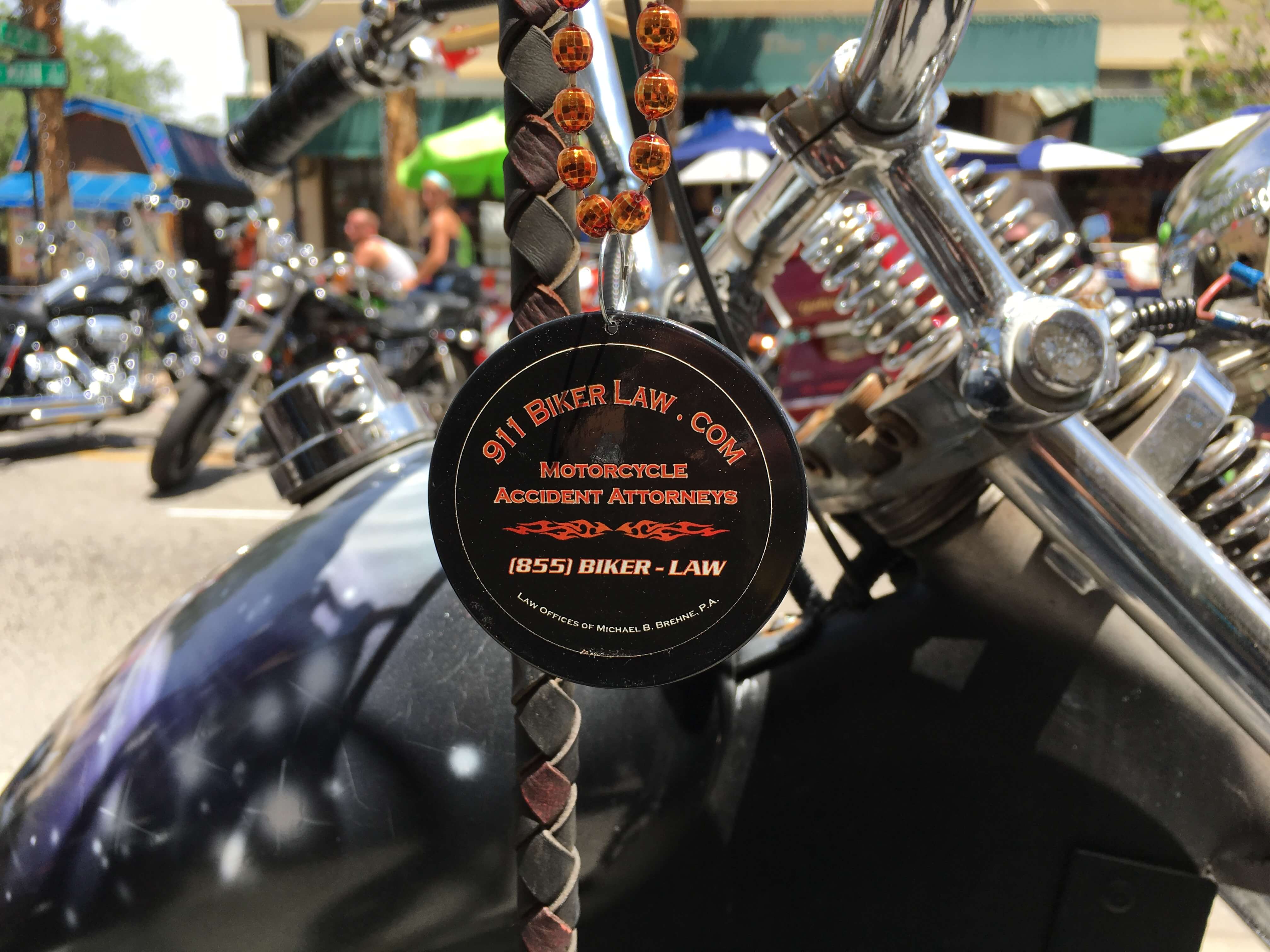The Complete Motorcycle Maintenance Checklist

What To Check Before Every Ride
No matter when you ride — to work, cruising on the weekends, taking advantage of National Motorcycle Ride Day, or heading to an event like Biketoberfest — use this motorcycle checklist to make sure your bike is as ready to go as you are.
Cable Housing
Grease and oil inside the cable housing eventually dry up which interferes with how smoothly the clutch and throttle operate. Make sure the cable is well lubricated, and if any damage or leaks are found, make repairs immediately.
Grease
All motorcycles need to stay well-greased at all times to operate properly and safely. Before hitting the open road, make sure these areas are greased:
- All brake caliper and non-structural bolts;
- The footrest, including hinges, levers & locks; and
- The swing arm and wheel spindles.
Tire Pressure
Both motorcycle tires should have the correct amount of pressure, listed on the side of the tire. Underinflated tires cause slow steering, unstable handling, and possible damage to the tire and/or wheel. Overinflated tires have less contact with the road surface and overheat quickly.
Periodically Check These Areas For A Road-Ready Bike
Regular motorcycle maintenance takes a little time but is necessary for safe rides during the fall. Check the owner’s manual for your motorcycle to understand when certain tasks should be performed and create a schedule with the information.
Battery
Luckily we live in a state where our motorcycles rarely sit idle through the fall and winter months. But if your bike will take some time off, make sure the battery has and can hold a charge. There are three main types of battery chargers available to help you avoid the letdown of a dead battery before a ride. A trickle-charger slowly supplies converted DC power to the battery but can’t be set to turn off once the battery is charged — you need to manually turn it off. A float charger switches between on and off depending on the charge level of the battery. Finally, a smart charger charges a battery at varying rates to minimize internal damage. But, this type of charger can’t be used with lithium batteries.
Fuel Line & Tank
Every good motorcycle maintenance schedule includes a section dedicated to the fuel line and tank. Perhaps your riding season is winding down and if so, drain the fuel from the bike to prevent condensation issues when it’s time to hit the road again. This is also a great time to check the fuel lines for any clogs or damage that may have developed during the previous months.
Helmet Visor
This is the time of year when the days slowly but surely become shorter which means the sun is lower on the horizon, presenting vision obstruction while riding. Using an anti-glare visor is the best way to safely ride during the late afternoon and early evening hours. If your visor is damaged or scratched to the point it interferes with your vision, replace it.
Belts & Chains
The motorcycle chain should be lubricated after every ride, preferably while the chain is still warm as the warmth allows lubricant to fully absorb into the chain. Also, make sure the motorcycle belt has proper tension and make any adjustments if necessary. A good rule of thumb is to clean and oil the belt when lubricating the chain.
Fluids & Oil
While cleaning your bike, look for unusual accumulations of dirt and grime around the oil pan. This is a common sign of an oil leak that should be immediately repaired. Also look for brake fluid on the tires, a customary symptom of a leaking brake line. Check the levels of the shaft drive and motor oil and change both on a regular basis.
Tires
After ringing up the miles during the spring and summer, take a few minutes to check the wear pattern on the tires. If you see any chording or wear in patches or the entire tire, have new tires put on. The last thing you want on the way to or from Biketoberfest is a tire failure.


